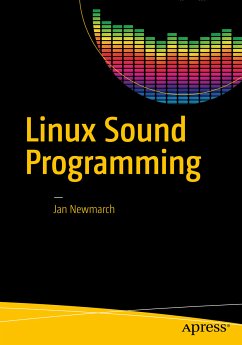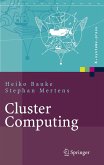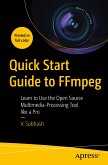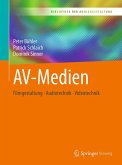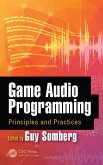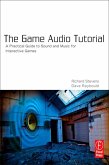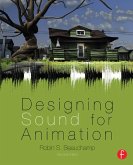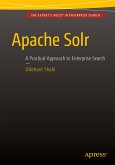Program audio and sound for Linux using this practical, how-to guide. You will learn how to use DSPs, sampled audio, MIDI, karaoke, streaming audio, and more. Linux Sound Programming takes you through the layers of complexity involved in programming the Linux sound system. You'll see the large variety of tools and approaches that apply to almost every aspect of sound. This ranges from audio codecs, to audio players, to audio support both within and outside of the Linux kernel.
You will:
- Work with sampled audio
- Handle Digital Signal Processing (DSP)
- Gain knowledge of MIDI
- Build a Karaoke-like application
- Handle streaming audio
Dieser Download kann aus rechtlichen Gründen nur mit Rechnungsadresse in A, B, BG, CY, CZ, D, DK, EW, E, FIN, F, GR, HR, H, IRL, I, LT, L, LR, M, NL, PL, P, R, S, SLO, SK ausgeliefert werden.
Hinweis: Dieser Artikel kann nur an eine deutsche Lieferadresse ausgeliefert werden.

